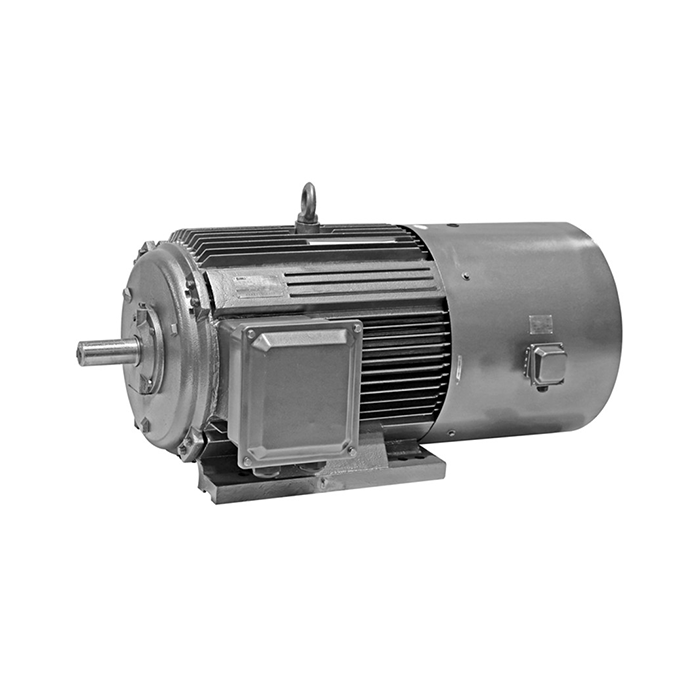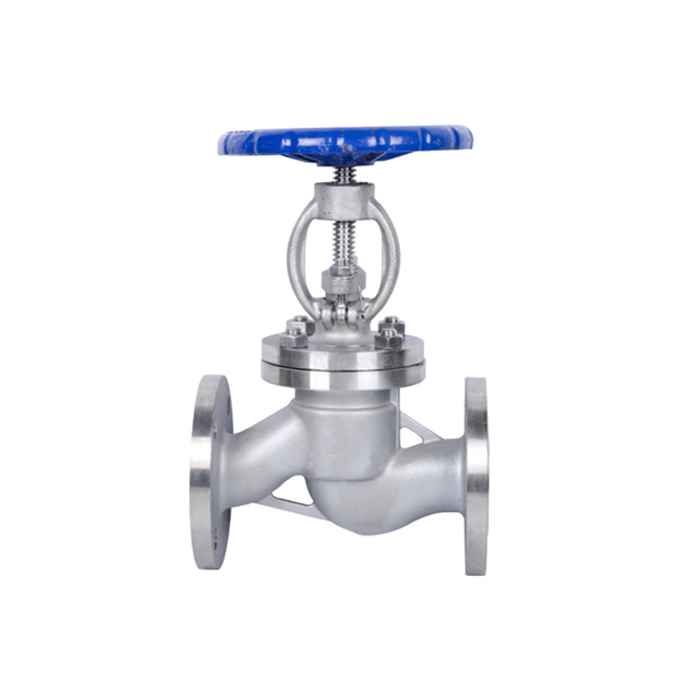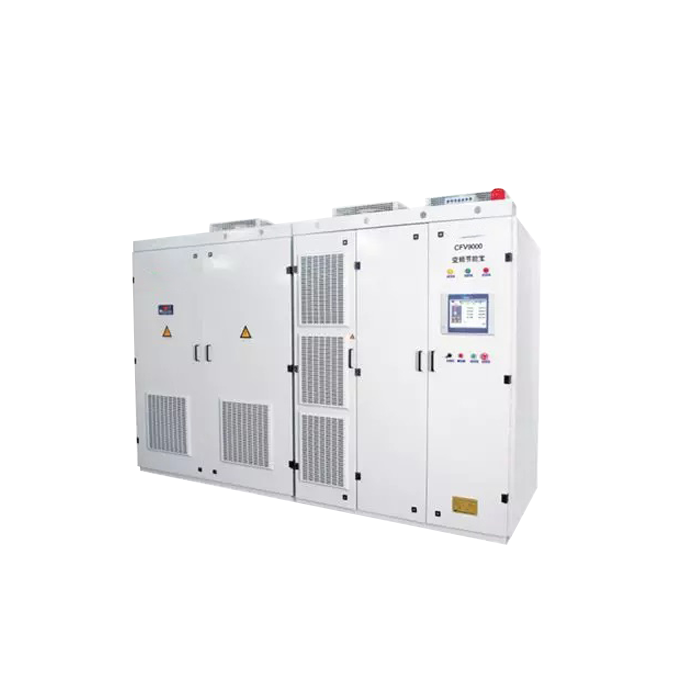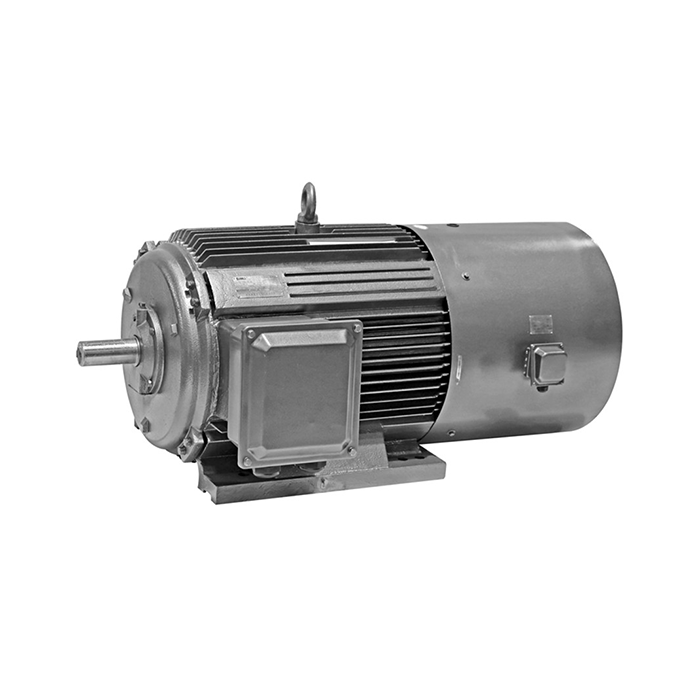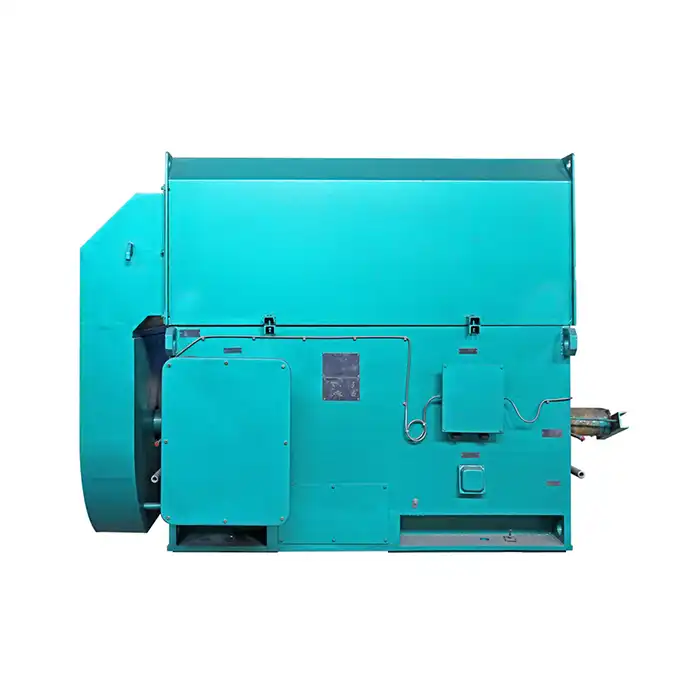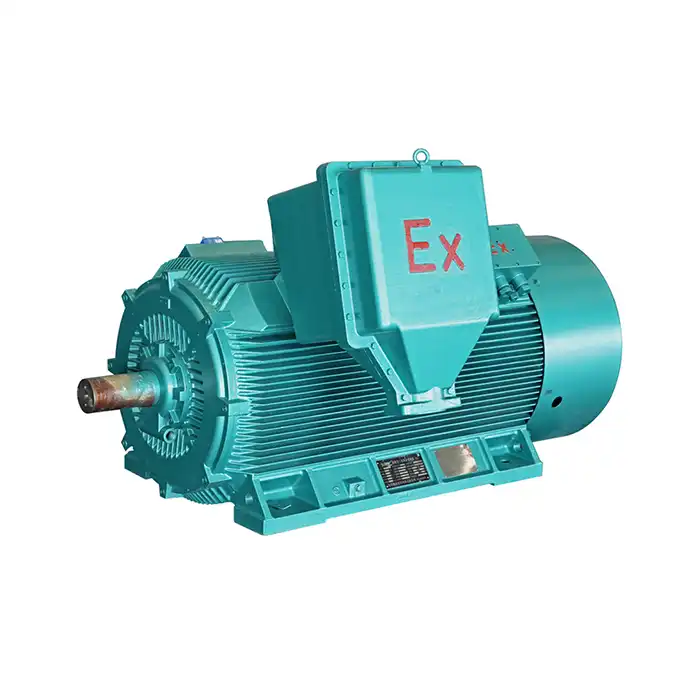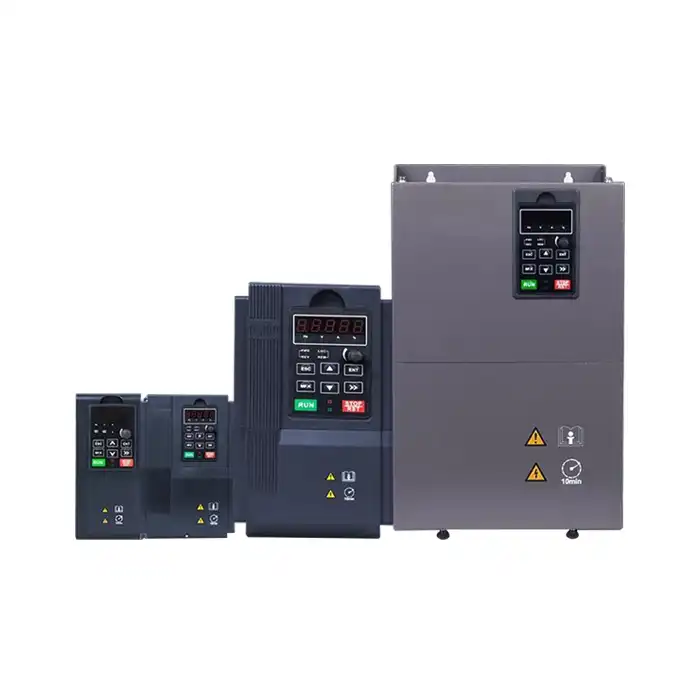Understanding voltage tolerance in inverter motors
Voltage tolerance refers to a motor's ability to operate effectively within a range of voltages above and below its rated voltage. Inverter duty motors are engineered to withstand a wider range of voltage fluctuations compared to standard motors.
Voltage tolerance range
Typically, inverter duty motors can operate within a voltage range of ±10% of their rated voltage. This means a 460V motor can function effectively between 414V and 506V. However, it's essential to note that operating consistently at the extremes of this range may impact motor performance and lifespan.
Factors affecting voltage tolerance
Several factors influence an inverter motor's voltage tolerance:
Insulation class
Cooling system efficiency
Winding design
Magnetic circuit optimization
Importance of proper sizing
Selecting an appropriately sized inverter duty motor for the application is crucial. Oversized motors may operate less efficiently, while undersized motors may struggle with voltage fluctuations, potentially leading to overheating and reduced lifespan.
Impact of voltage variations on motor performance
Voltage fluctuations can significantly affect the performance of inverter duty motors. Understanding these impacts is crucial for maintaining optimal motor operation and longevity.
Effects of undervoltage
When the supply voltage drops below the motor's rated voltage, several issues may arise:
Increased current draw
Reduced torque output
Potential overheating
Decreased efficiency
Consequences of overvoltage
Conversely, when the supply voltage exceeds the motor's rated voltage, the following effects may occur:
Increased magnetic flux
Core saturation
Higher iron losses
Reduced power factor
Performance at different voltage levels
Inverter duty motors are designed to maintain relatively stable performance across their voltage tolerance range. However, operating at the extremes of this range for extended periods can lead to decreased efficiency and increased wear on motor components.
Voltage imbalance considerations
Voltage imbalance between phases can be particularly problematic for inverter motors. Even small imbalances can lead to significant increases in motor temperature and reduced efficiency. Most inverter duty motors are designed to handle voltage imbalances up to 1% without significant performance degradation.
Protective measures against harmful voltage spikes
Inverter duty motors incorporate various protective measures to mitigate the effects of voltage spikes and fluctuations, ensuring reliable operation and extended motor life.
Enhanced insulation systems
One of the primary protective features of inverter duty motors is their enhanced insulation system. This system typically includes:
High-quality magnetic wire with improved voltage withstand capabilities
Phase paper insulation to prevent phase-to-phase short circuits
Vacuum pressure impregnation (VPI) treatment for better resistance to voltage stress
Voltage spike suppression
To protect against high-frequency voltage spikes generated by the VFD, inverter duty motors often incorporate:
Common mode chokes to reduce high-frequency currents
Shaft grounding rings to prevent bearing damage from stray currents
Specially designed cable termination boxes to minimize reflected waves
Thermal protection
Thermal protection is crucial in preventing motor damage due to overheating caused by voltage fluctuations. Common thermal protection measures include:
Embedded temperature sensors in the motor windings
Thermistors for temperature monitoring and shutdown
Overload relays calibrated for inverter duty operation
VFD compatibility features
Inverter duty motors are designed with features that enhance their compatibility with VFDs, including:
Reinforced turn-to-turn insulation to withstand rapid voltage changes
Optimized magnetic circuit design for efficient operation across a wide speed range
Enhanced cooling systems to manage heat generation at low speeds
Conclusion
Inverter duty motors are engineered to handle voltage fluctuations more effectively than standard motors. Their ability to maintain performance across a range of voltages, coupled with built-in protective measures, makes them ideal for applications requiring variable speed control.
However, it's important to note that while these motors are designed to withstand voltage variations, operating them consistently at the extremes of their voltage tolerance range can still impact their efficiency and lifespan. Regular monitoring and maintenance, along with proper motor sizing and application-specific considerations, are essential for ensuring optimal performance and longevity of inverter duty motors in the face of voltage fluctuations.
Enhance Your Motor Performance with XCMOTOR's Inverter Duty Motors
At XCMOTOR, we understand the challenges posed by voltage fluctuations in industrial applications. Our range of inverter duty motors is designed to provide superior performance and reliability, even in the most demanding environments. With advanced insulation systems, thermal protection, and VFD compatibility features, our motors ensure consistent operation and extended lifespan.
Experience the difference with XCMOTOR's inverter duty motors. For expert advice on selecting the right motor for your application or to learn more about our products, contact our team of specialists today at xcmotors@163.com. As a leading inverter duty motor manufacturer, we're committed to powering your success with innovative and efficient motor solutions.
References
Johnson, A. R. (2021). "Voltage Fluctuation Response in Modern Inverter Duty Motors." IEEE Transactions on Industrial Electronics, 68(9), 8234-8245.
Smith, L. K., & Brown, T. E. (2020). "Performance Analysis of Inverter-Fed Motors Under Variable Voltage Conditions." Journal of Power Electronics, 20(3), 789-801.
Zhang, Y., et al. (2022). "Protective Measures Against Voltage Spikes in Inverter Duty Motors: A Comprehensive Review." Electric Power Systems Research, 203, 107624.
Rodriguez, M. A., & Garcia, C. (2019). "Thermal Management Strategies for Inverter Duty Motors Subjected to Voltage Variations." IEEE Transactions on Industry Applications, 55(4), 3823-3832.
Lee, H. J., & Kim, S. Y. (2023). "Voltage Tolerance Enhancement Techniques in High-Performance Inverter Duty Motors." IET Electric Power Applications, 17(2), 234-246.
Thompson, R. D. (2020). "Inverter Duty Motor Design: Balancing Efficiency and Voltage Fluctuation Resilience." International Journal of Electrical Machines and Drives, 8(3), 167-179.



